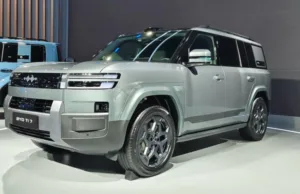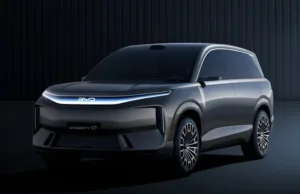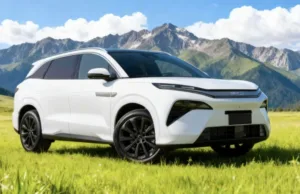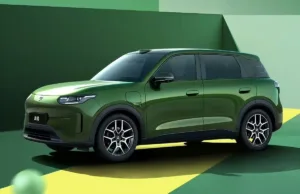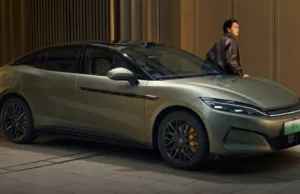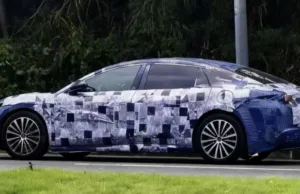Etiqueta: Lidar
BYD Stock Today (December 7, 2025): Record Sales, Pentagon Risk and...
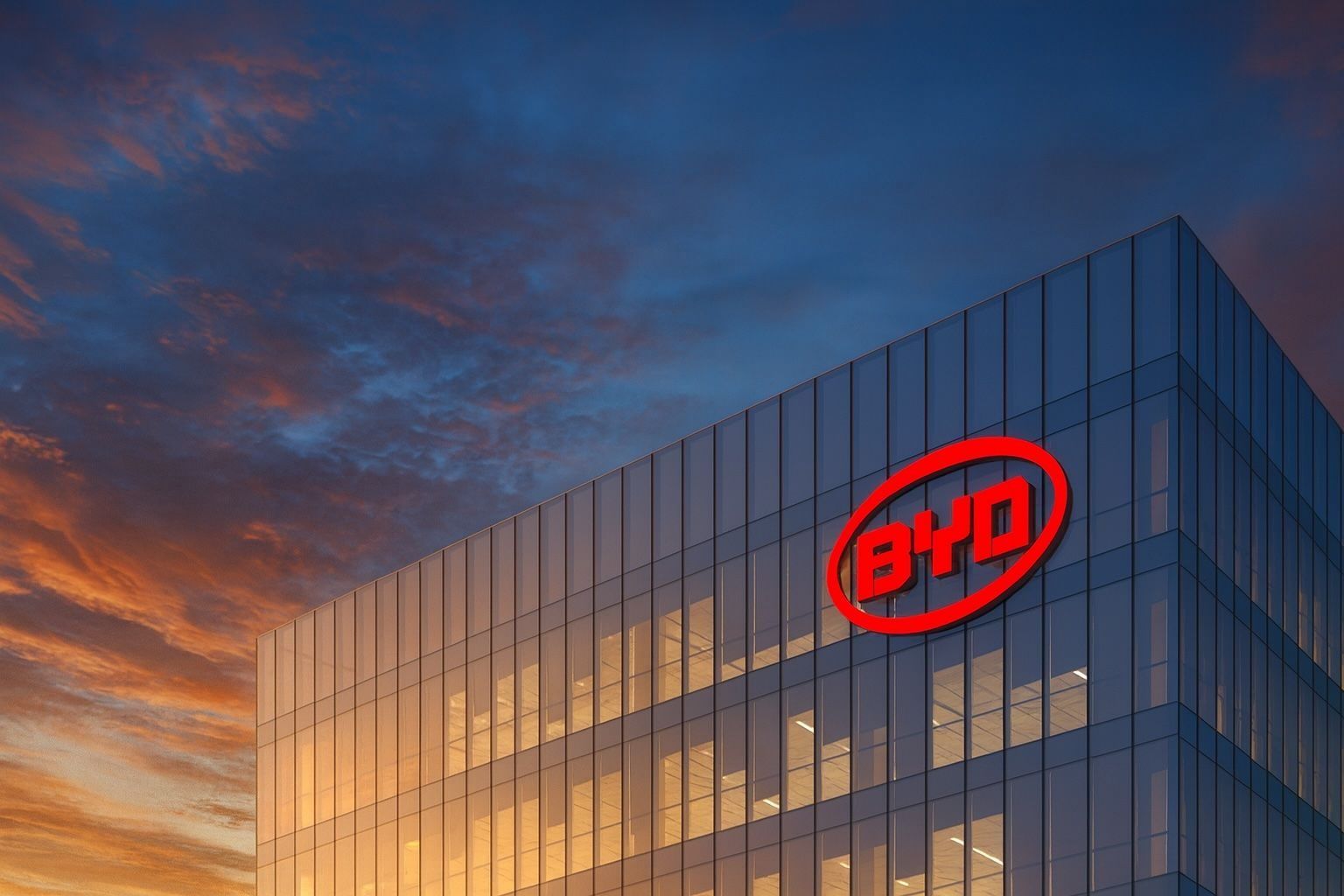
BYD Stock Today (December 7, 2025): Record Sales, Pentagon Risk and What Analysts Expect for 2026 - TechStock²
World’s first one-piece cast aluminium vehicle frame revealed on BYD Yangwang...
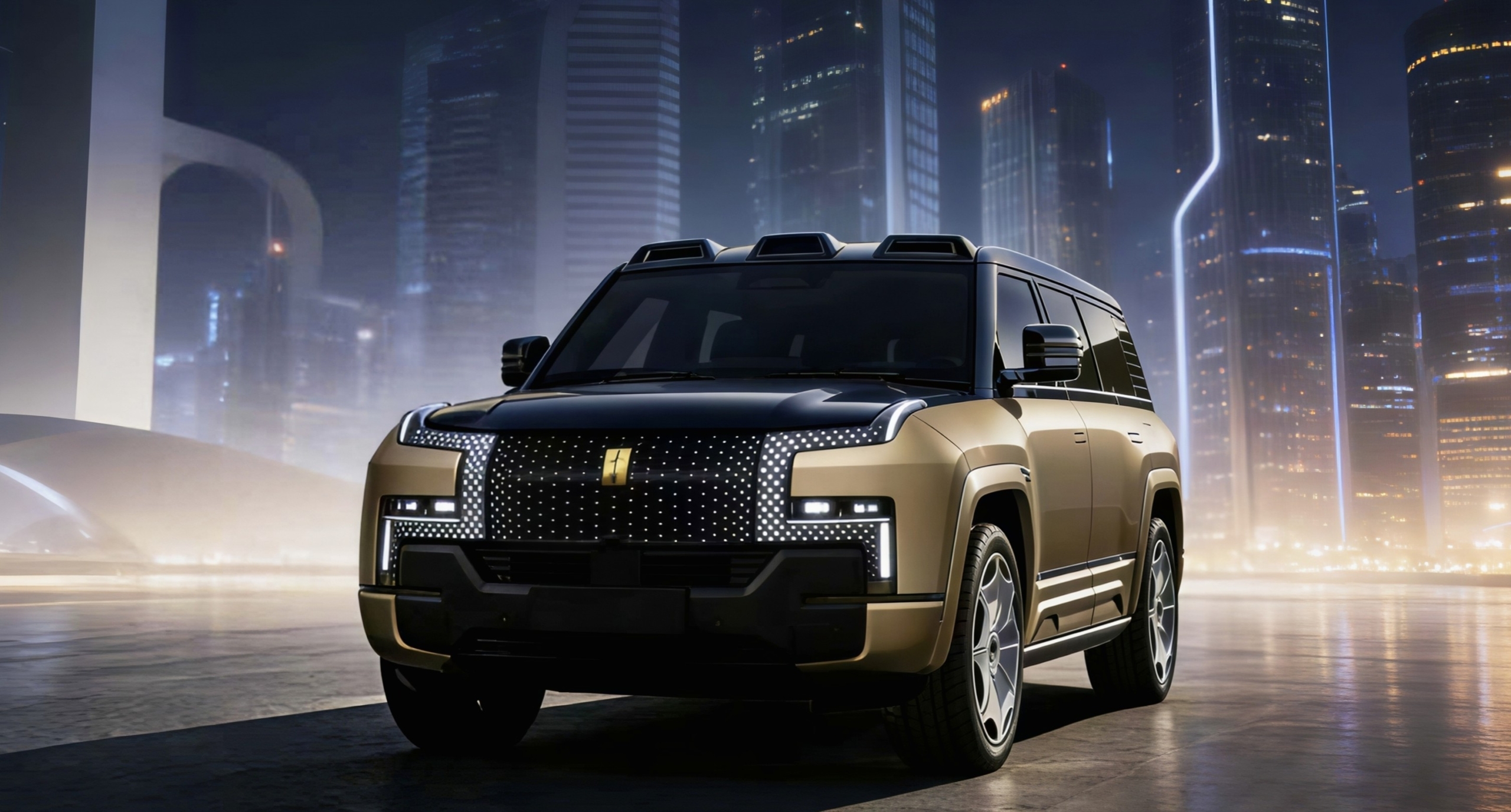
Hantek unveils world-first one-piece aluminum frame installed on BYD Yangwang U8L, enhancing rigidity, torsional stiffness, and safety.
BYD Ti7 plug-in hybrid SUV debuts in Thailand as a new...
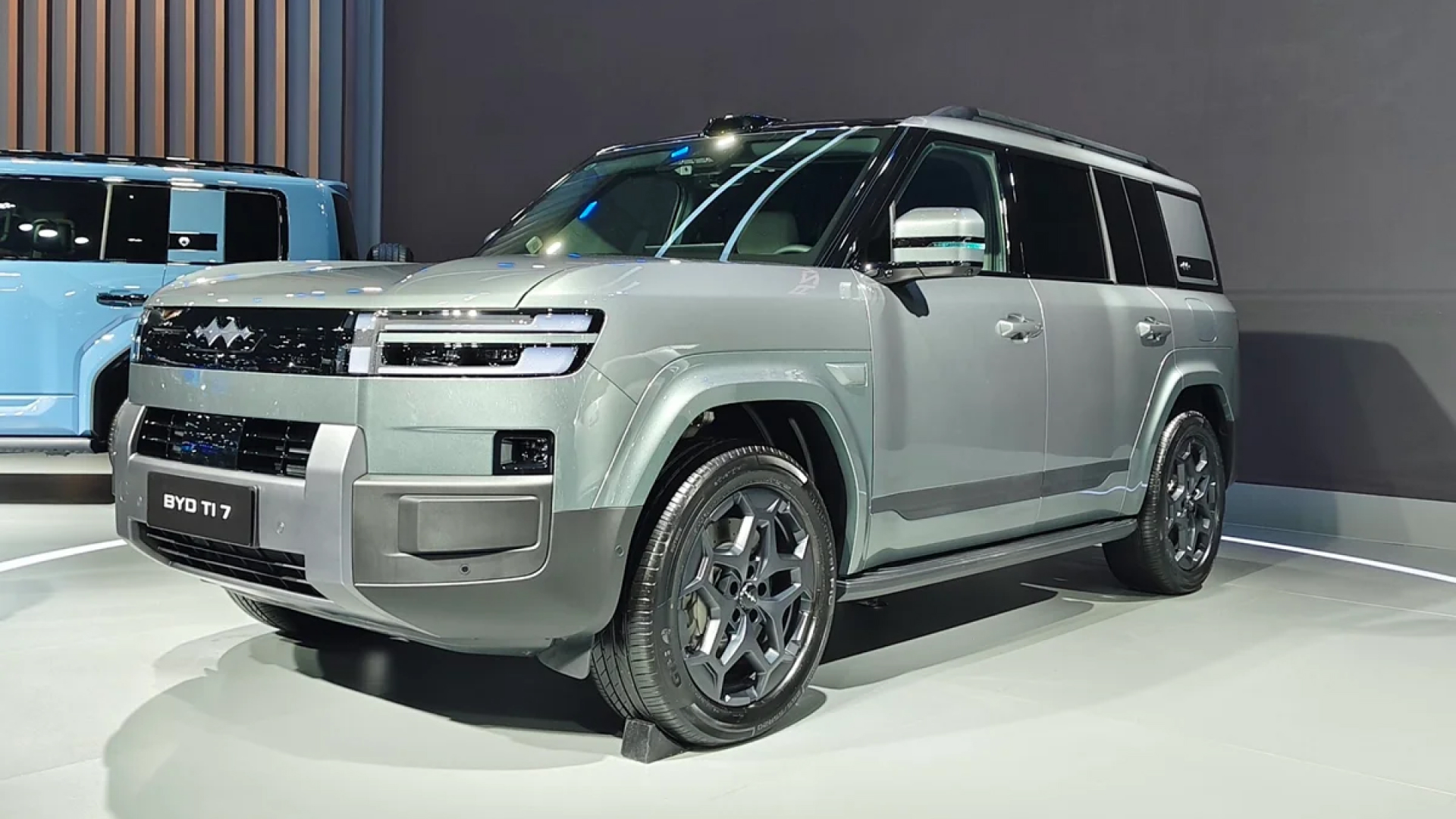
The BYD Ti7 plug-in hybrid family-oriented SUV debuts at the Bangkok Motor Expo 2025 in Thailand as the brand’s new global model.
BYD’s FCB Ti7 hits 50,000 sales in 80 days as one...

The Tai 7 reached 50,000 sales in 80 days, preparing overseas sales under Denza.
BYD’s 5.2-meter Dynasty flagship SUV delayed to Q2 2026 as competition...

BYD confirmed its new 5.2-meter Dynasty flagship SUV will launch in Q2 2026 after an internal schedule change driven by competition.
BYD Atto 8 PHEV launched in Brazil with 150 km EV range,...
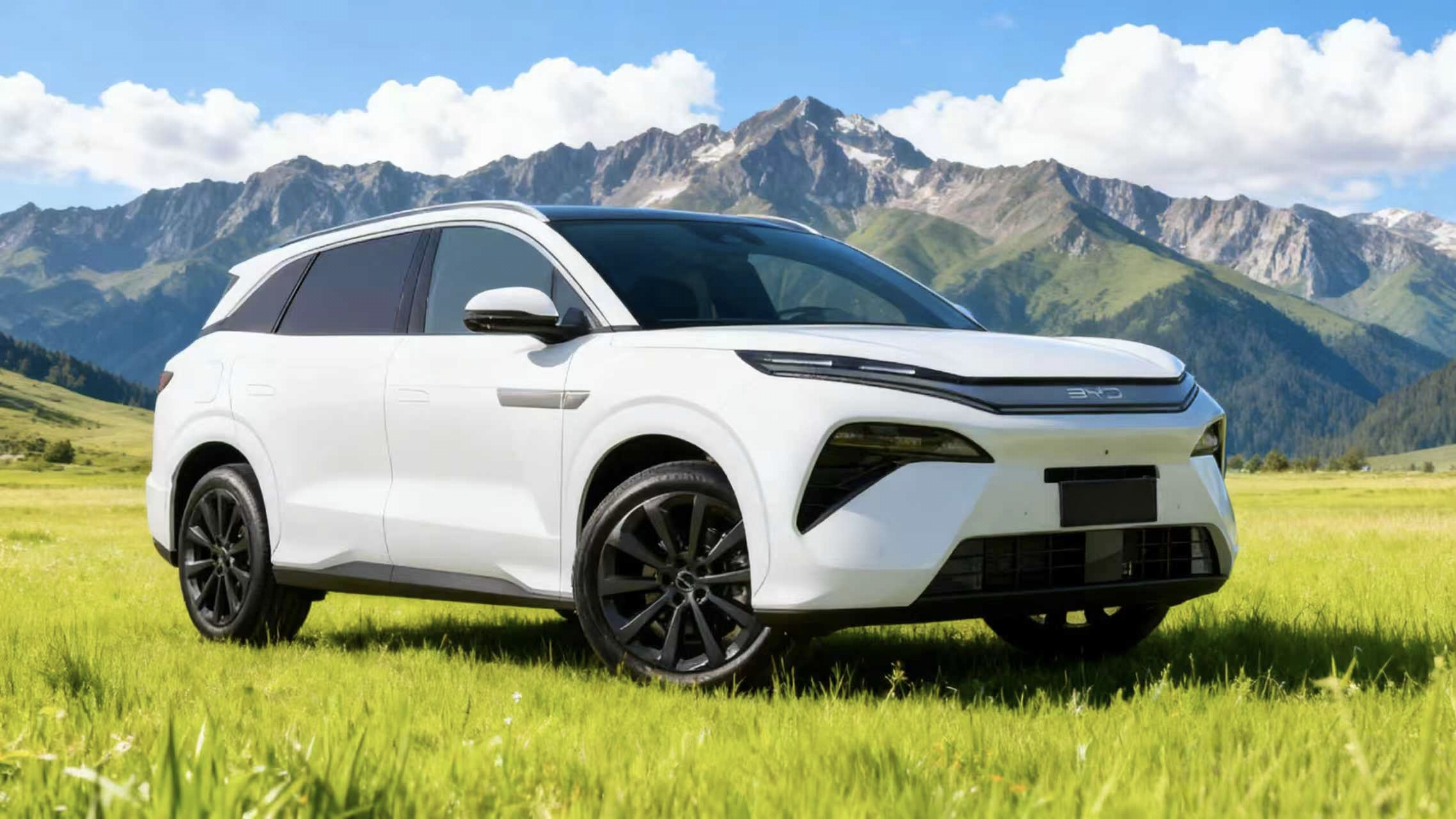
BYD Atto 8 launches in Brazil at 74,200 USD; DM‑p AWD hybrid offers 488 hp
Leapmotor A10 debuts in China – Europe to follow soon
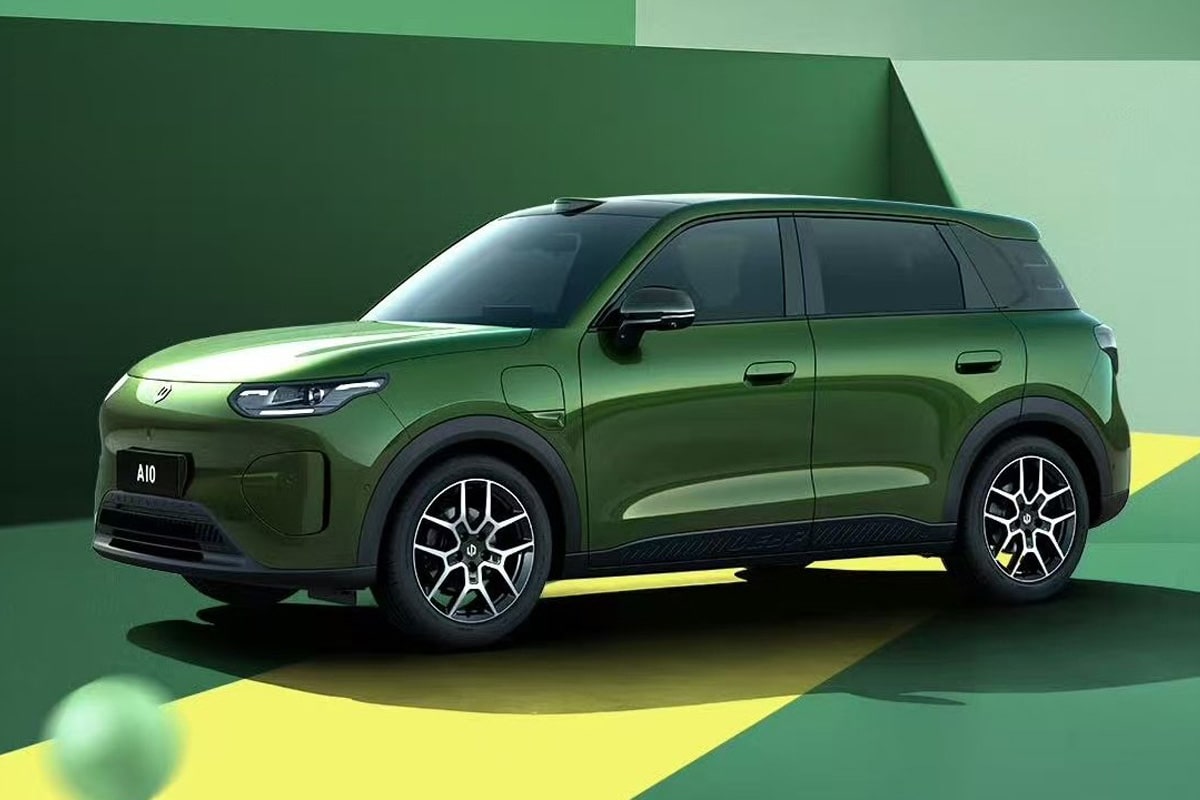
Chinese carmaker Leapmotor has unveiled its new A10 model at the Guangzhou Auto Show. Customers can now place pre-orders for the compact BEV, which in its
2026 BYD Han L brings over 700 km of range and...
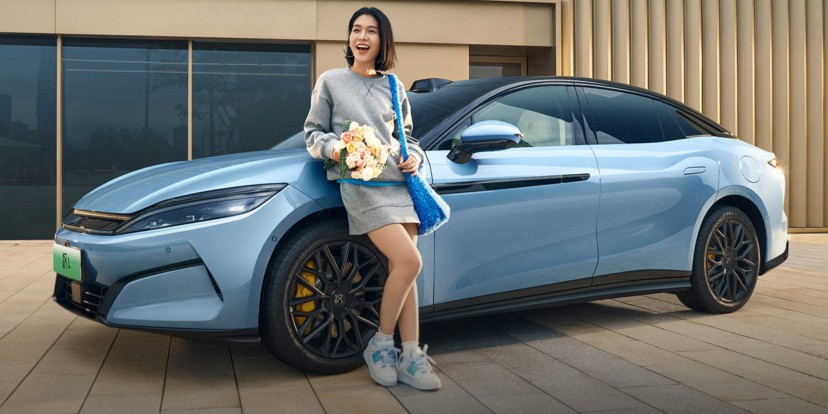
The 2026 BYD Han L offers a blend of ultra-high performance, up to {{701 km}} of range, and advanced driver tech starting at around {{$27,400}}.
BYD’s Yangwang U7 hits 1,341 hp with quad motors in new Galaxy...

Yangwang U7 debuts Galaxy Blue at Guangzhou Auto Show with 1,341 hp, four motors, 720 km range, and L2+ autopilot.
BYD’s next Han sedan spied at 5.2 meters with redesigned exterior

Spy photos of a large BYD sedan have prompted speculation about a 5.2-meter body, new styling language, and updated hybrid technology.




